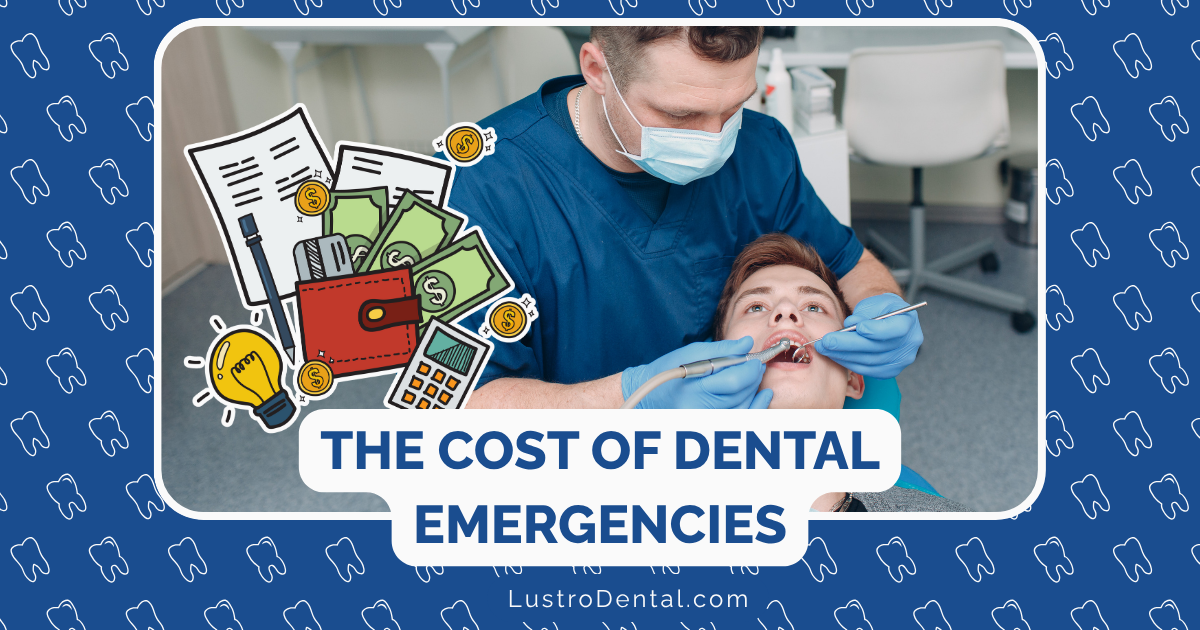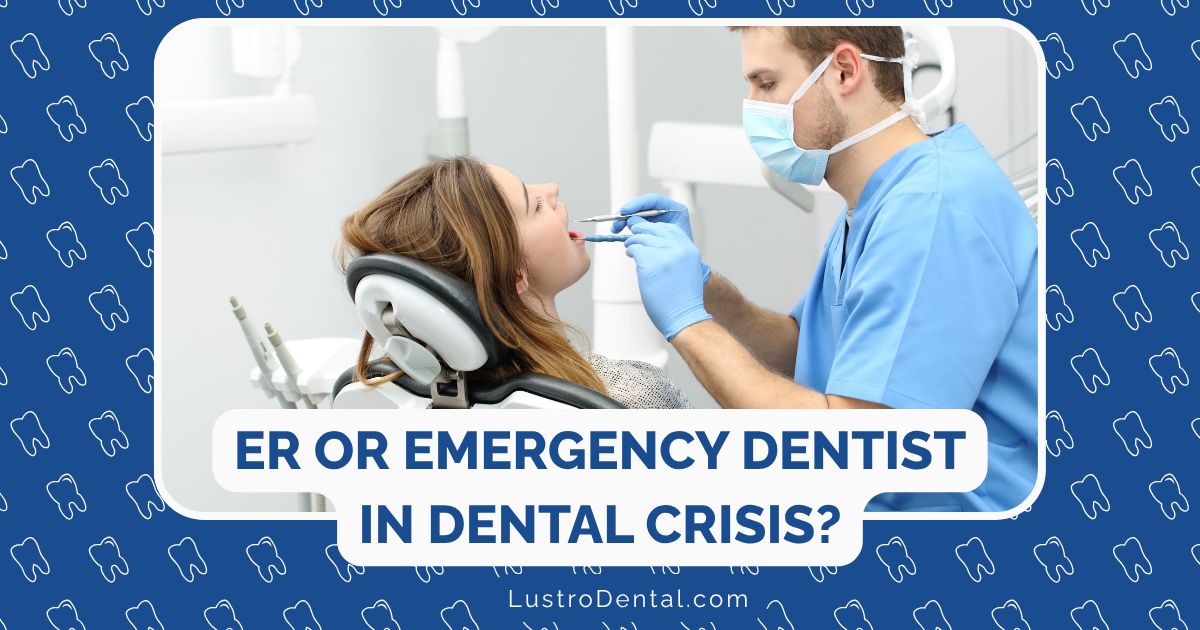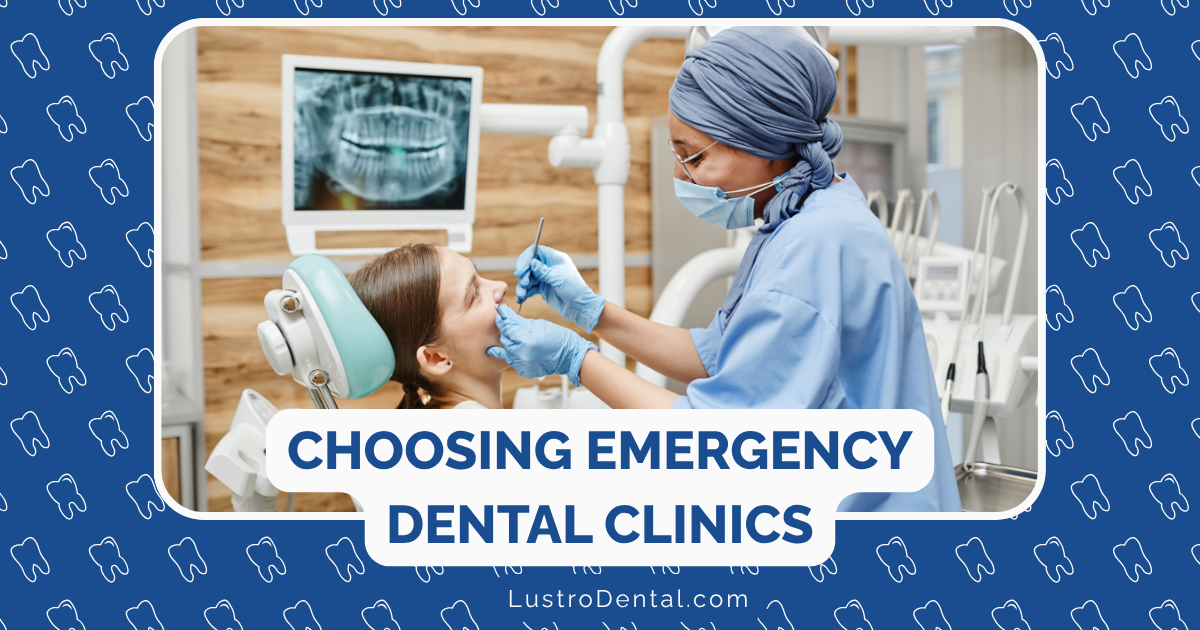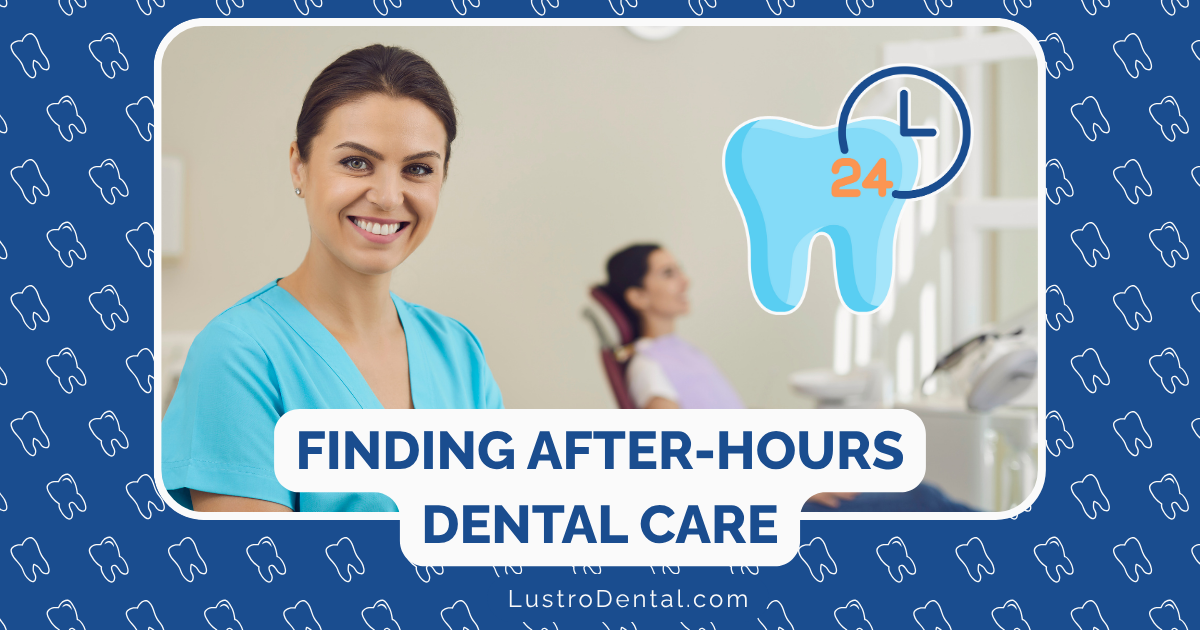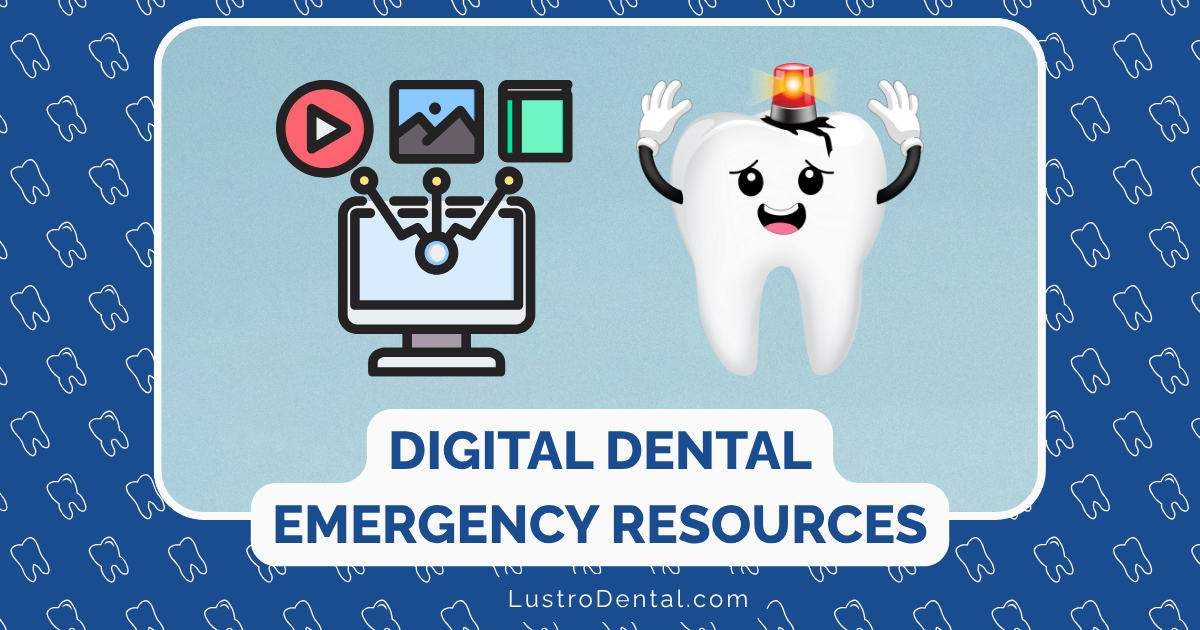Sports-Related Dental Injuries: Prevention and Emergency Response
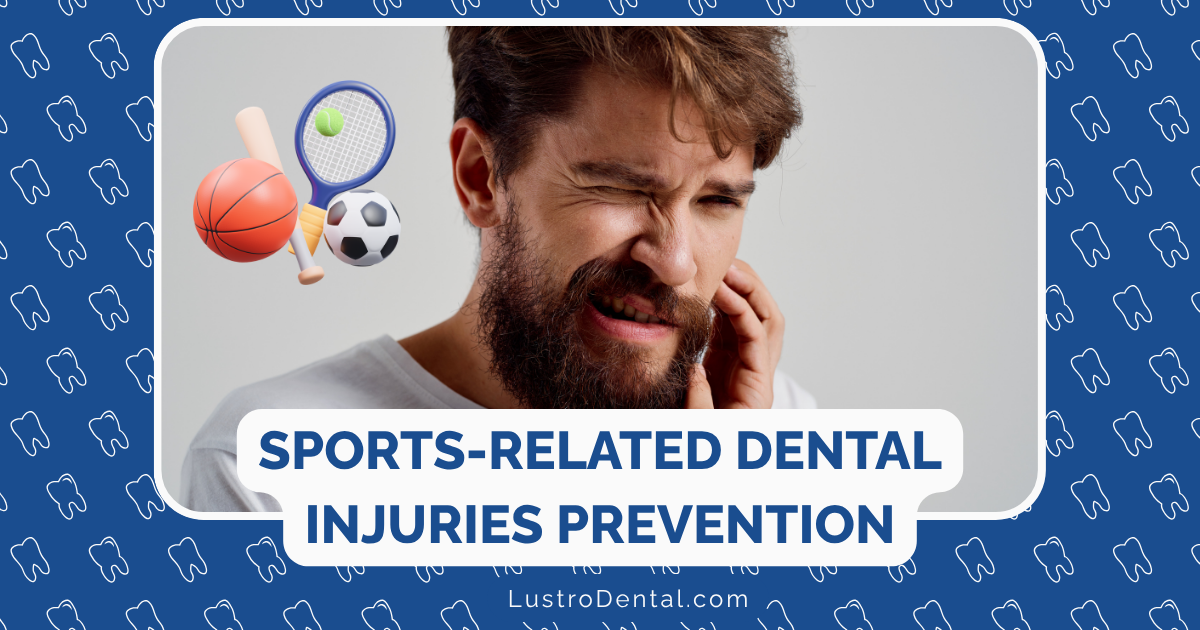
When 14-year-old basketball player Marcus took an accidental elbow to the face during a game, the impact knocked out his front tooth completely. “There was blood everywhere, the tooth was on the court, and no one knew what to do,” his coach recalled. “We put the tooth in a cup of water and rushed him to the emergency room, only to learn later that we’d made several critical mistakes that reduced his chances of saving the tooth.”
Sports-related dental injuries are remarkably common, affecting athletes of all ages and skill levels. According to the American Dental Association, athletes who don’t wear mouthguards are 60 times more likely to suffer dental injuries than those who do. Yet despite this statistic, many athletes, coaches, and parents remain underprepared for both preventing these injuries and responding appropriately when they occur.
In this comprehensive guide, we’ll explore the world of sports-related dental trauma—from effective prevention strategies to critical emergency response protocols that can make the difference between saving and losing a tooth.
Understanding Sports-Related Dental Injuries: Types and Prevalence
Before diving into prevention and response, it’s important to understand the scope and nature of sports-related dental injuries.
Common Types of Dental Trauma in Sports
1. Crown Fractures (Broken Teeth)
These range from minor chips to severe fractures that expose the inner pulp of the tooth:
- Enamel fractures: Only the outer layer of the tooth is damaged
- Enamel-dentin fractures: Deeper damage that may cause sensitivity
- Complicated crown fractures: Fractures that expose the pulp, causing pain and requiring urgent care
2. Luxation Injuries (Displacement)
These occur when impact moves a tooth from its normal position:
- Concussion: The tooth is tender but hasn’t moved
- Subluxation: The tooth is loose but hasn’t changed position
- Lateral luxation: The tooth is pushed sideways, often with fracture of the socket
- Intrusion: The tooth is driven into the jawbone
- Extrusion: The tooth is partially pulled out of its socket
3. Avulsion (Knocked-Out Tooth)
This is the complete displacement of a tooth from its socket—one of the most severe dental emergencies requiring immediate action.
4. Root Fractures
These are cracks in the tooth root that may not be immediately visible but can cause significant problems over time.
5. Soft Tissue Injuries
Lacerations to the lips, cheeks, tongue, and gums often accompany dental injuries.
Sports with Highest Risk
According to research published in the Journal of the American Dental Association, certain sports carry particularly high risks for dental trauma:
Highest Risk:
- Basketball
- Football
- Hockey (ice and field)
- Lacrosse
- Martial arts
- Rugby
- Boxing
Moderate Risk:
- Baseball/softball
- Soccer
- Wrestling
- Water polo
- Skateboarding
- Gymnastics
Lower Risk (but still significant):
- Volleyball
- Tennis
- Swimming
- Cycling
Dr. Sarah Chen, a sports dentistry specialist and member of the Academy for Sports Dentistry, notes: “Many people are surprised to learn that basketball actually has one of the highest rates of dental injury. The combination of speed, close proximity of players, and limited protective equipment creates a perfect storm for dental trauma.”
Prevention: The First Line of Defense
The good news about sports-related dental injuries is that most are preventable with proper equipment and precautions.
Mouthguards: Your Most Essential Protective Equipment
Mouthguards serve as shock absorbers for impacts to the face and jaw, significantly reducing the risk of dental trauma.
Types of Mouthguards
1. Stock Mouthguards
- Pros: Inexpensive, readily available
- Cons: Poor fit, bulky, can interfere with breathing and speaking
- Best for: Temporary use or when other options aren’t available
- Approximate cost: $5-15
2. Boil-and-Bite Mouthguards
- Pros: Better fit than stock guards, moderately priced
- Cons: Less durable, thinner in critical areas after fitting
- Best for: Recreational athletes, growing children
- Approximate cost: $15-30
3. Custom-Made Mouthguards
- Pros: Superior fit and protection, most comfortable, durable
- Cons: Higher cost, requires dental visit
- Best for: Competitive athletes, contact sports, anyone seeking maximum protection
- Approximate cost: $200-500
A study in the International Journal of Sports Medicine found that custom-made mouthguards provided up to 82-93% reduction in dental injuries compared to no mouthguard, while boil-and-bite models showed a 64-72% reduction.
Selecting the Right Mouthguard
When choosing a mouthguard, consider these factors:
- Sport-specific needs: Different sports have different impact risks
- Comfort and fit: If it’s uncomfortable, it won’t be worn
- Breathing and speech: Should allow clear communication and proper breathing
- Durability: How long it will last under regular use
- Special considerations: Braces, missing teeth, or other dental work
Dr. Robert Wilson of the American Academy of Pediatric Dentistry advises: “For young athletes, especially those in contact sports, a properly fitted mouthguard is as essential as any other piece of protective equipment. The investment in a custom-made guard is minimal compared to the cost of treating even a single dental injury.”
Beyond Mouthguards: Additional Protective Measures
While mouthguards are the primary defense against dental injuries, other protective equipment and practices also play important roles:
- Face masks/shields: Essential in sports like hockey, football, and lacrosse
- Helmets with face protection: For cycling, football, and other high-impact sports
- Proper technique: Learning to fall, brace for impact, or avoid dangerous plays
- Rule enforcement: Following and enforcing rules designed to prevent injuries
- Regular dental check-ups: Identifying and addressing dental issues that might increase injury risk
Emergency Response: When Prevention Isn’t Enough
Despite the best preventive measures, dental injuries still occur. Knowing how to respond in those critical first minutes can dramatically affect the outcome.
The Golden Hour: Why Time Is Critical
In dental trauma, especially with avulsed (knocked-out) teeth, time is absolutely crucial. The concept of the “golden hour” applies strongly to dental emergencies:
- For knocked-out teeth: Reimplantation within 30 minutes offers the best prognosis
- For displaced teeth: Professional repositioning within 3-6 hours is optimal
- For fractured teeth with pulp exposure: Treatment within 24 hours significantly improves outcomes
Dr. Lisa Rodriguez, an endodontist specializing in dental trauma, explains: “With a knocked-out tooth, every minute counts. The cells on the root surface begin to die quickly once out of the mouth, and these cells are essential for successful reattachment. Proper emergency response can mean the difference between saving and losing the tooth permanently.”
Emergency Response Protocols by Injury Type
For a Knocked-Out Tooth (Avulsion)
- Find the tooth and pick it up by the crown (white part), not the root
- Gently rinse with milk or saline if dirty (do NOT scrub or use soap)
- Attempt reimplantation if possible:
- Gently insert the tooth back into its socket
- Have the person bite on a clean cloth to hold it in position
- If reimplantation isn’t possible, store the tooth properly:
- First choice: Tooth preservation solution (e.g., Save-A-Tooth)
- Second choice: Cold milk
- Third choice: Saliva (have the person hold it in their cheek if safe)
- Fourth choice: Saline solution
- AVOID water or dry storage
- Seek emergency dental care immediately
Research published in the Journal of Endodontics shows that teeth reimplanted within 30 minutes have success rates of 85-97%, while those reimplanted after 60 minutes see success rates drop to 15-30%.
For a Displaced Tooth (Luxation)
- Do not attempt to reposition the tooth yourself
- Control bleeding with clean gauze or cloth
- Apply cold compress to reduce swelling
- Take appropriate pain relief if needed
- Seek emergency dental care within 1-3 hours
For a Broken Tooth (Fracture)
- Collect any fragments and store in milk or saline
- If the pulp is exposed (pink or bleeding visible), cover with moist gauze
- Apply cold compress for pain and swelling
- Take appropriate pain relief if needed
- Seek emergency dental care:
- Immediately if pulp is exposed
- Within 24 hours for other fractures
For Soft Tissue Injuries
- Rinse with clean water or antiseptic mouthwash
- Apply pressure with gauze or clean cloth to control bleeding
- Apply cold compress to reduce swelling
- Seek emergency care if:
- Bleeding doesn’t stop after 10 minutes of pressure
- The wound is deep or gaping
- There are foreign objects embedded in the tissue
Creating a Sports Dental Emergency Kit
Every sports team, school athletic program, and even individual athletes should have a dental emergency kit readily available. Include:
- Tooth preservation solution (e.g., Save-A-Tooth)
- Small container with lid for tooth storage
- Sterile gauze pads
- Saline solution packets
- Clean handkerchief or cloth
- Cold pack (instant-activating type)
- Pain reliever (acetaminophen)
- Mouthguard (spare)
- Emergency contact information for dentist/dental emergency services
- Instructions for handling common dental emergencies
Dr. Michael Johnson, team dentist for several professional sports teams, recommends: “Having a properly stocked dental emergency kit and knowing how to use it should be as standard as having a first aid kit. I’ve seen countless teeth saved because a coach or athletic trainer had the right supplies and knowledge on hand.”
Special Considerations for Different Age Groups
The approach to both prevention and emergency response varies somewhat across different age groups:
Youth Athletes (Under 12)
- Prevention focus: Proper-fitting mouthguards that accommodate growing mouths and changing dentition
- Emergency considerations: Primary (baby) teeth are typically not reimplanted if knocked out
- Parental education: Critical for both prevention and emergency response
- Supervision: Younger athletes need more monitoring for proper mouthguard use
Adolescent Athletes (12-18)
- Prevention focus: Custom mouthguards ideal as permanent dentition established
- Orthodontic considerations: Special mouthguards for braces wearers
- Growth factors: Jaw development may affect injury patterns and treatment
- Compliance challenges: Address resistance to wearing protective equipment
Adult Athletes
- Prevention focus: Sport-specific protection based on individual risk assessment
- Existing dental work: May require special consideration in mouthguard design
- Recreational vs. competitive: Different approaches based on intensity level
- Self-responsibility: Education on both prevention and emergency response
Case Studies: Learning from Real Experiences
Case 1: The Importance of Proper Emergency Response
Returning to Marcus from our introduction, his knocked-out tooth was placed in water—a common but unfortunate mistake. Water causes the cells on the root surface to burst through osmosis, dramatically reducing the chance of successful reimplantation.
When Marcus finally reached a dentist two hours later, the tooth could not be saved. He now has a dental implant, which required multiple procedures and significant expense.
“If we had known to put the tooth in milk or even have him hold it in his mouth, and if we’d gone directly to a dentist instead of the ER, Marcus might still have his natural tooth,” his coach reflected.
Case 2: Prevention Success Story
Sixteen-year-old hockey player Sophia was hit in the face with a puck during a game. Despite the force of the impact, which caused significant lip laceration, her custom-made mouthguard prevented any dental damage.
“The dentist said without the mouthguard, I would have lost at least two front teeth,” Sophia shared. “The $300 my parents spent on that mouthguard saved thousands in potential dental work.”
Case 3: Quick Action Saves a Tooth
When 12-year-old baseball player Ethan was hit by a ball that knocked out his front tooth, his coach immediately implemented proper emergency protocols:
- The tooth was found and handled only by the crown
- It was quickly rinsed with cold milk from the team cooler
- The coach helped Ethan reinsert the tooth into its socket
- They went directly to a dentist, arriving within 25 minutes of the injury
Three years later, Ethan’s tooth remains healthy and functional. “The dentist told us that the immediate action made all the difference,” Ethan’s father shared.
The Role of Education in Prevention and Response
Perhaps the most important factor in addressing sports-related dental injuries is education. Athletes, coaches, parents, and school personnel all need to understand both prevention strategies and emergency protocols.
Educational Initiatives That Work
- Team dentist programs: Professional and collegiate teams often have dentists who provide both preventive care and emergency services
- Coach certification requirements: Including dental injury management in coaching certifications
- School-based programs: Educating physical education teachers and school nurses
- Parent workshops: Teaching parents about mouthguard options and emergency responses
- Athletic trainer education: Ensuring trainers are prepared for dental emergencies
Dr. Wilson notes: “We’ve seen a significant reduction in dental injuries in organizations that implement comprehensive education programs. When everyone from the athletes to the parents to the coaching staff understands the importance of prevention and knows how to respond to emergencies, outcomes improve dramatically.”
Evolving Technologies in Sports Dentistry
The field of sports dentistry continues to advance, with new technologies improving both prevention and treatment:
Advanced Mouthguard Innovations
- Impact sensors: Mouthguards with embedded sensors that measure force of impacts
- Pressure-mapping technology: Identifies areas needing additional protection
- Improved materials: More comfortable, durable, and protective
- 3D-printed custom guards: Precise fit at potentially lower cost than traditional custom guards
Treatment Advancements
- Dental implant improvements: Better options for replacing teeth that cannot be saved
- Regenerative techniques: Stem cell therapies showing promise for pulp regeneration
- Improved root canal procedures: Better outcomes for teeth with pulp damage
- Biological solutions: New materials that promote natural healing and regeneration
Conclusion: A Comprehensive Approach to Sports Dental Safety
Sports-related dental injuries are common but largely preventable. When they do occur, proper emergency response can dramatically improve outcomes. A comprehensive approach to sports dental safety includes:
- Prevention: Appropriate mouthguards and protective equipment for all athletes in contact and high-risk sports
- Preparation: Dental emergency kits and action plans readily available at sporting events
- Education: Ensuring athletes, coaches, and parents understand both prevention strategies and emergency protocols
- Prompt professional care: Knowing when and where to seek emergency dental treatment
- Follow-up care: Appropriate treatment and monitoring after injuries occur
As Dr. Rodriguez summarizes: “In my practice, I’ve seen the entire spectrum—from teeth that were saved through immediate, appropriate action to cases where permanent tooth loss occurred due to preventable errors. The difference often comes down to preparation and knowledge.”
By implementing proper preventive measures and being prepared for emergencies, we can significantly reduce the incidence and severity of sports-related dental injuries, ensuring athletes of all ages can participate safely in the sports they love.
Have you experienced or witnessed a sports-related dental injury? We’d love to hear about your experience in the comments below.


